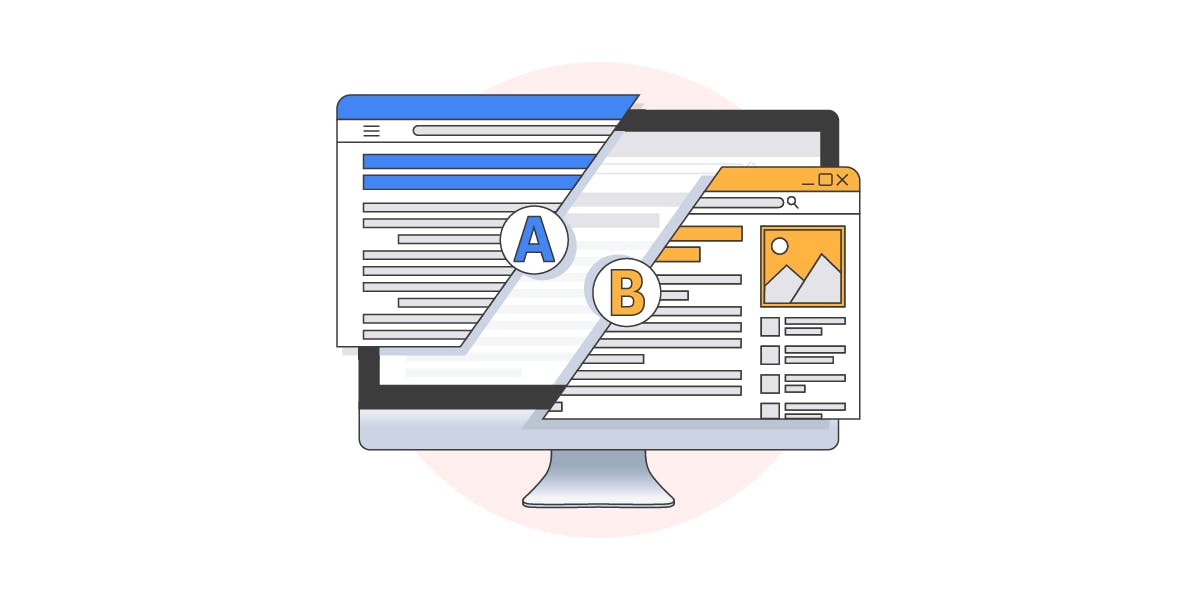The ability of an organisation to leverage data – either for singular marketing campaigns or wider business strategy – points to a degree of data maturity. It indicates that the process of becoming ‘data driven’ or undergoing ‘data transformation’ as part of a wider digital transformation programme – is underway.
Engaging in testing and optimisation efforts is key in this journey as it starts to exploit data assets to directly impact business performance. It demonstrates a step change towards conclusively resolving internal debates or turning attention away from the highest-paid-person’s-opinion (HIPPO) in a way that allows the decision influencers to remain impartial. “Opinion divides, facts bring people together,” says Pascal Moyon, Digital Transformation Consultant at Canon EMEA.
The implementation of testing and optimisation within a business should not be completed as a technical exercise only; it should be aligned with other aspects of data transformation that are key to delivering a step change in the way the organisation behaves.
Caroline Carruthers and Peter Jackson, throughout their book Data-Driven Business Transformation, qualify that along with a migration towards dynamic and continuously changing strategy and vision, data should be used to support a cultural shift within the business. This shift should support agile methodologies (such as test-and-learn) and provide data leadership throughout the workforce.
This briefing, reproduced from Econsultancy’s much broader Fundamentals of Measurement and Analytics Best Practice Guide will attempt to define test-and-learn, and cover the following areas:
- Test-and-learn mindset
- Why experiment?
- The role of benchmarking
- Key aspects of test-and-learn
- Testing approaches
- Technology implications
- Robustness







